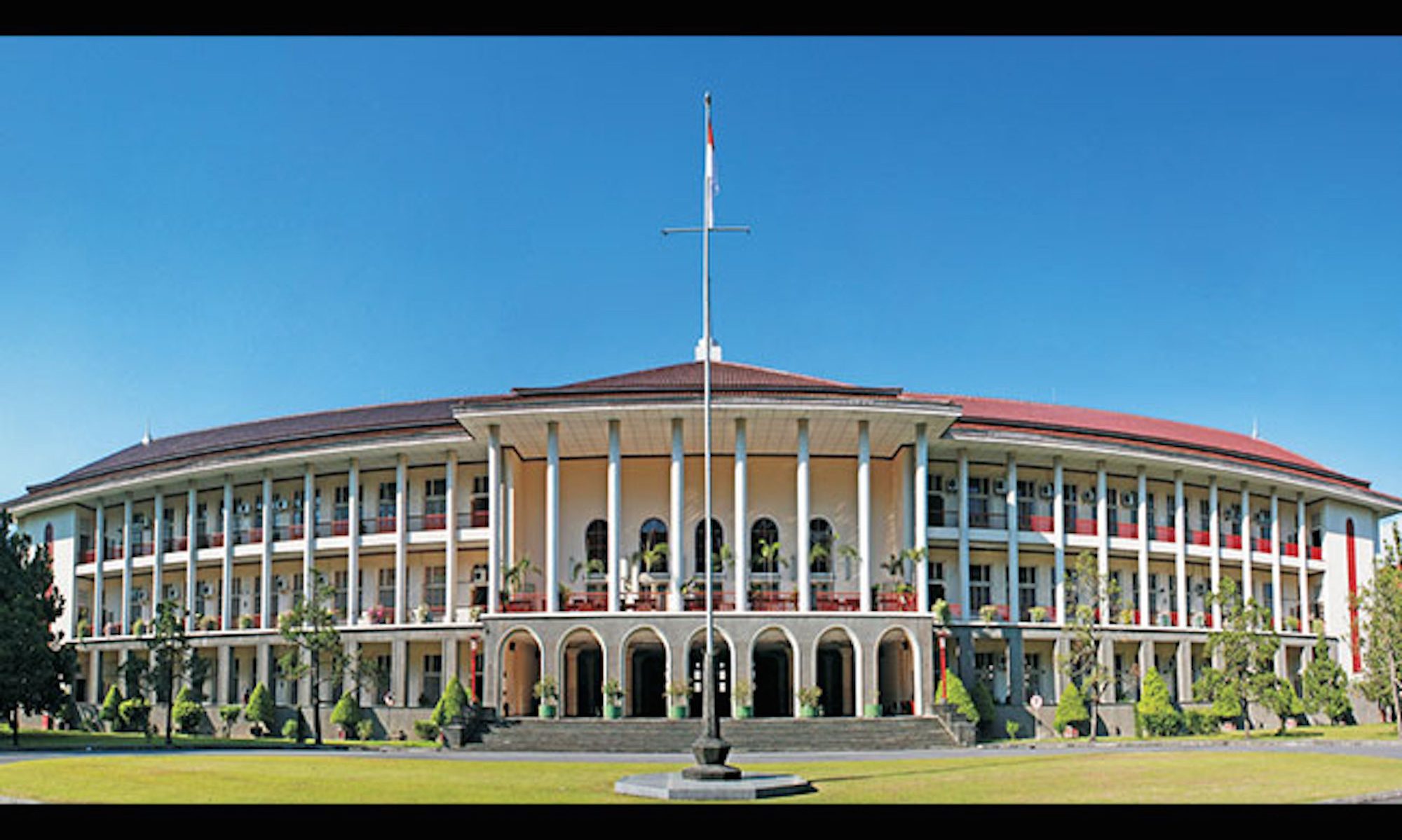The long-standing dispute in the South China Sea involving a number of countries in the region has now come to new stage. The unprecedented step taken by the Philippines to bring the case to the Arbitral Tribunal (administered by Permanent Court of Arbitration, PCA) eventually has brought results that some people might not even thought about before. The decision made by the Tribunal on 12 July 2016 was considered by some as a ‘major victory’ for the Philippines since it rejects most of China’s claim. The year of 2016 is a changing year for the South China Sea.
Even though Indonesia was not a party to the case, the decision is viewed as inline with Indonesia’s position on the South China Sea dispute. Legally, the decision by the Tribunal can serve as a jurisprudence that can be referred to by judges for any similar cases in the future. For Indonesia and other countries, the decision also serves as a clarification on the status of China’s maritime claims in the South China Sea. Consequently, it settles the lingering question whether or not there is any overlapping maritime area between Indonesia and China. In other words, the 2016 award introduces a new map of the South China Sea.
Di discuss the complexity of the South China Sea, one needs to understand the geographical context of the South China Sea as a semi-enclosed Sea. If in a general geographical setting, lands usually are surrounded by waters, in the South China Sea case, lands surround waters. Geographically speaking, it is quite obvious already that maritime entitlement based on the United Nations Convention on the Law of the Sea (UNCLOS) in the South China Sea will cause complexity since the claims from surrounding States converge into one point in the middle. This already-complex situation became worse for some maritime claims were not based on UNCLOS, while all States in question are parties to the Convention.
One of the most controversial maritime claims in the region came from China, the claim of which is represented by dashed line (also known as nine-dash line). The claim, which was based on historic consideration, significantly overlaps with other States’ claim/entitlement and has caused inconvenience in relationship among neighbors. A step taken by the Philippines to bring the case to the Tribunal has changed the game, not only for the Philippines and China but also for other States in the region.
For Indonesia, the Tribunal award in fact confirms Indonesia’s long-standing position that there is no overlapping maritime entitlement with China, thus there is no need to delimit maritime boundaries. The fact that the Tribunal rejects Chinese nine-dash line confirms that there is no legal basis for China to have sovereign rights over water areas north of Natuna, within Indonesia’s entitlement of EEZ.
Indirectly, the decision regarding nine-dash line also confirms that Indonesia’s only neighbors in the region are Malaysia and Vietnam. These three States require establishing EEZ boundaries (water column) for they have only settled their seabed boundaries. Indonesia signed agreement with Malaysia in 1969 and with Vietnam in 2003. Now after the awards, the three States should focus on EEZ delimitation among them so that there will be clarity on rights and obligation over water column in the southwestern part of the South China Sea.
With regards to Tribunal’s decision on the status of geographical features in the South China Sea, including those in the Spratly Islands group, there is significant potential implication to the roles of islands in maritime claims and maritime boundary delimitation. The award confirms that small features in the South China Sea are entitled to no more than 12 nautical miles of territorial sea. This further confirms that there is no overlapping maritime area between Indonesia and any features (islands, rock, low-tide elevation) in the South China Sea. It does not matter for Indonesia whichever State will eventually own those islands/features, implication on maritime claims and boundaries will be irrelevant.
One of the consequences after the awards is that States with small islands will need to double check the status of their own islands. As an archipelagic States with thousands of Islands, Indonesia may also need to revisit its small outer islands and investigate whether or not those islands will affect its maritime entitlement and forward position where maritime boundaries have yet to settle.
Likewise, small islands of Indonesia’s neighbors also need to be reconsidered for their roles in maritime boundary delimitation. In area such as the Malacca Strait, where small islands of Indonesia and Malaysia’s exist, and where maritime boundaries are still pending, reconsideration on the roles of small islands become important. This is also the case in other areas such as the Strait of Singapore, Sulawesi Sea, Timor Sea, Ombai Strait and Wetar Srait.
In conclusion, even though the 2016 Tribunal award is for China and the Philippines, it also serves as a jurisprudence that can be referred to at a later time when there are similar cases. For Indonesia, in particular, the awards confirm a number of ambiguous issues so that they can help Indonesia prepare better strategy to settle maritime boundaries in the southwestern part of the South China Sea. No matter how the awards may affect the way the region take care of the issue, a new map of the South China Sea has been introduced.
